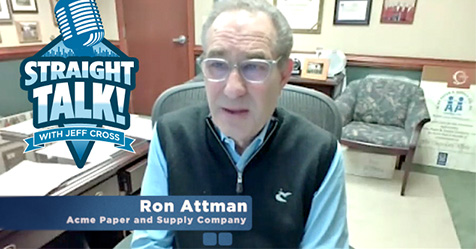Facilities in the West Brace for Wildfire Damage
Follow these best practices from the CDC to protect yourself and your employees from smoke
As the heatwave and drought continues in the Western states, more wildfires have burned so far this year than any year in the last decade. According to the National Interagency Fire Center, over 33,000 fires have scorched 1.9 million acres as of July 12, USA Today reports.
Currently, 59 wildfires are burning, and have consumed 1,350 square miles of mainly timber and brush but are also threatening an undetermined number of homes and other facilities.
The largest fire, the Bootleg fire, in southwestern Oregon near the California border has burned at least seven homes and more than 40 other buildings. The blaze is disrupting service on three transmission lines providing up to 5,500 megawatts of electricity to California.
Eleven fires are raging in California. Blazes are also burning in Washington, Idaho, Montana, Utah, Arizona, New Mexico, Wyoming, Colorado, Minnesota, and Alaska.
There is no relief in sight as above normal temperatures are forecast in the area, with record-breaking heat combining with regional drought to create textbook conditions for wildfires.
Preparing your facility for wildfires can help minimize structural damage. If your buildings are in the vicinity of a wildfire, follow these tips from the U.S. Centers for Disease Control and Prevention to keep yourself and your employees safe:
- Stay in a room you can close off from outside air.
- Set up a portable air cleaner or a filter to keep the air in this room clean even when it’s smoky in the rest of the building and outdoors.
- Reduce your smoke exposure by wearing a respirator that fits tightly to your face to filter out smoke before you breathe it in. Make sure to wear it correctly.
- Avoid using candles, gas, propane, wood-burning stoves, fireplaces, or aerosol sprays and don’t fry or broil meat, smoke tobacco products, or vacuum.
- If you have a central air conditioning system, use high efficiency filters to capture fine particles from smoke. If your system has a fresh air intake, set the system to recirculate mode or close the outdoor intake damper.
- Set up a disaster plan in case safety authorities ask you to evacuate.


